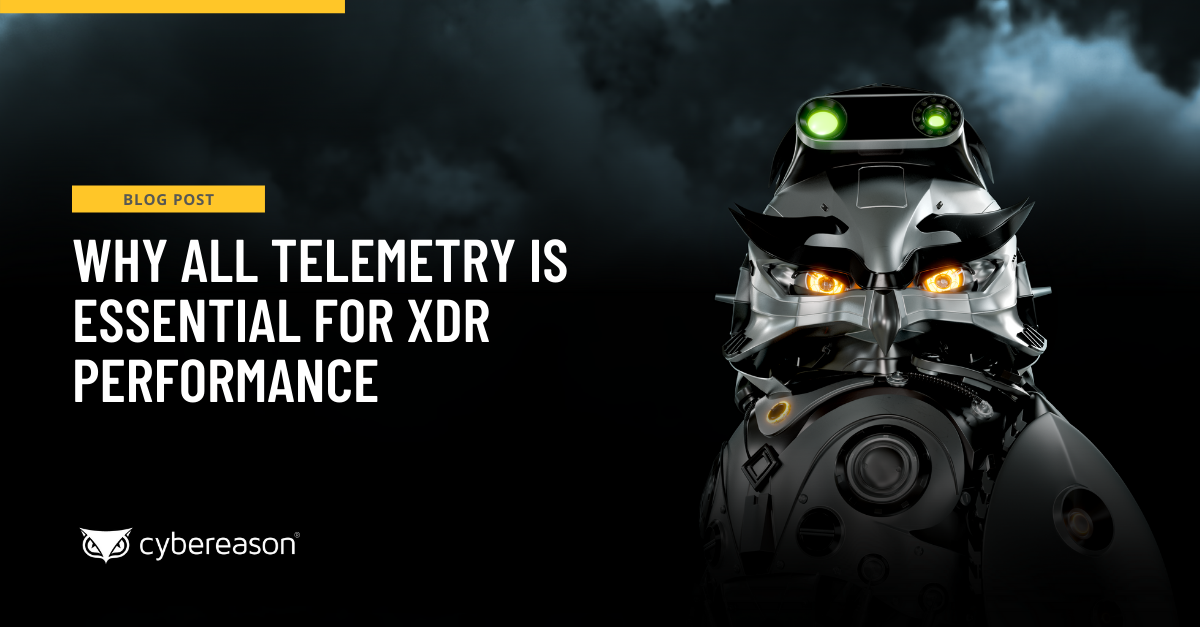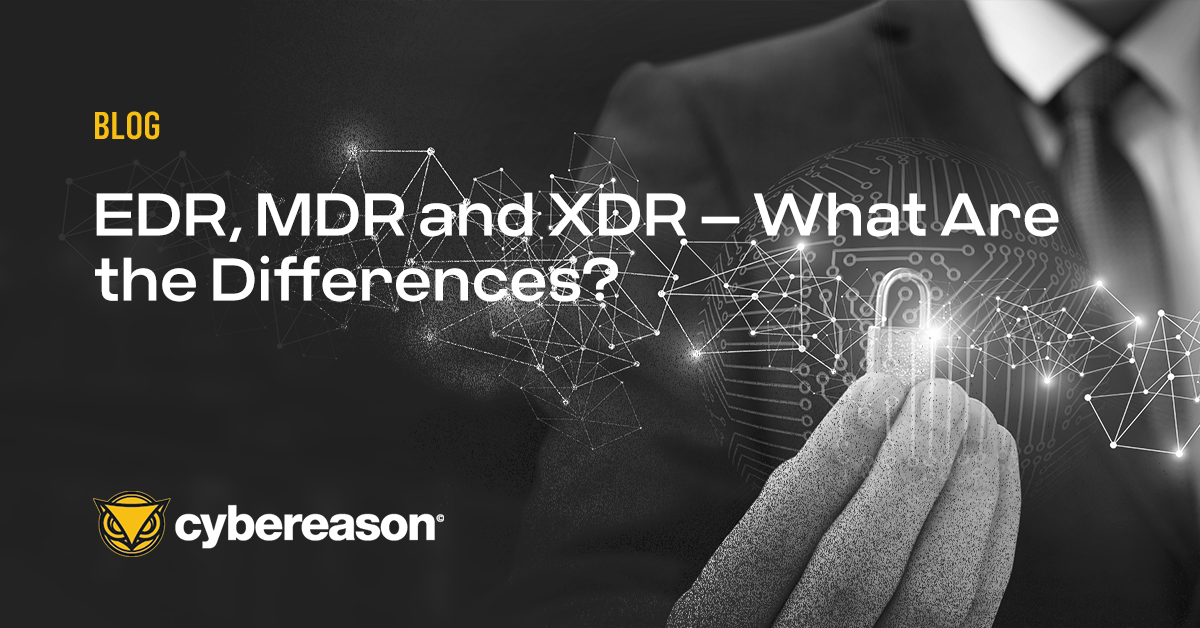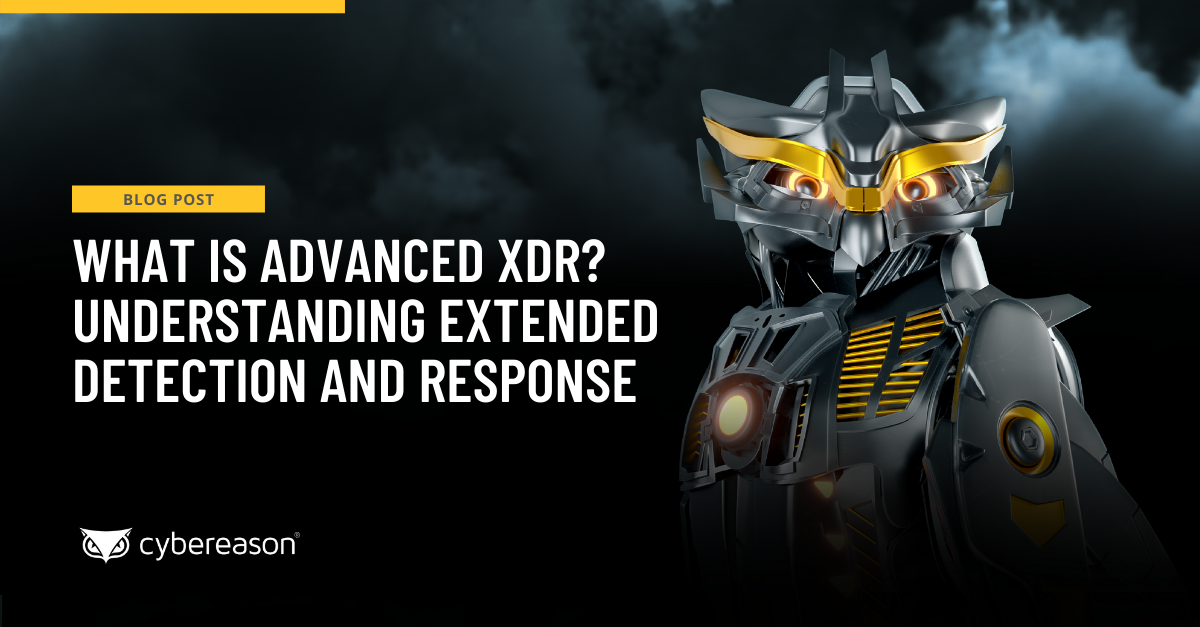As attacks get more complex, organizations are increasingly prioritizing threat detection and response capabilities. In a January 2020 survey, the SANS Institute learned that half of IT and security leaders planned on increasing their investment in network detection and response tools to help their organizations better defend against emerging threats.
Detection and response is even more important as the COVID-19 pandemic ushered in an age of remote/hybrid work models. That helps to explain the projected Compound Annual Growth Rate (CAGR) of 5.6% for the threat detection and response market between 2021 and 2027, per openPR.
Given the findings mentioned above, some may be inclined to lump all detection and response approaches as the same–equally created and effective–but they’d be wrong. MDR (Managed Detection and Response), EDR (Endpoint Detection and Response), and XDR (Extended Detection and Response) serve different needs and it's important to understand the differences to determine which is right for your environment
Managed Detection and Response (MDR)
Take Managed Detection and Response (MDR) as an example, which delivers 24x7 monitoring and intelligence-based detection capabilities as a service to customers. The model leverages external teams working out of a Security Operations Center (SOC) along with cutting-edge threat intelligence to amplify the work of internal infosec personnel.
In one sense, MDR is very similar to Managed Security Service Providers (MSSPs) offerings in that it outsources security monitoring and response to a third-party, but it also includes detection and incident response as well as proactive threat hunting in some cases.
To drive those functions, MDR commonly uses additional solutions to achieve visibility over a customer’s entire environment. This visibility enables external security teams to review and validate events as well as reduce false positives. It also empowers them to investigate potential incidents, notify internal personnel, and execute response plans.
Overall, MDR can help organizations that might not have the budget or staff available to build an internal SOC on their own. MDR relieves organizations from the task of continuous detection and response and delivers the expertise they need via a qualified third-party provider.
Organizations that choose Managed Detection and Response need to select their MDR provider carefully, and understand what solutions the provider uses to facilitate detection and response. Not every detection and response approach will cover all aspects of a customer’s infrastructure, which is why they need to do their research in deciding which provider to select.
Some MDR providers don’t have the ability to ingest all available telemetry and engage in “data filtering” where they eliminate telemetry before sending it to the cloud for analysis. They try to make “educated guesses” based on a limited sampling, but that telemetry is critical for threat detection, and they simply can’t return reliable detections without comprehensive telemetry. Hence, they lack the ability to provide a full picture into the threats confronting an organization at a particular time.
As well, MDR offerings are limited in their ability to correlate threat telemetry from across all network assets, limiting the ability to detect and respond to threats at the earliest stages of an attack.
Endpoint Detection and Response (EDR)
Endpoint Detection and Response (EDR) brings even more value to customers, but it also has its limitations. EDR takes a step beyond traditional antivirus solutions by focusing on detection and response on an organizations’ endpoints.
Often, malicious actors need to compromise a desktop, laptop, smartphone, server or other endpoint to establish a foothold on a target’s network, and they need additional endpoints to move laterally and/or steal information.
To defend against these malicious activities, EDR prioritizes continuous monitoring and threat detection as well as automated threat response on each endpoint. Those two pieces help analysts to quickly respond to endpoint threats, noted Dark Reading.
Where EDR succeeds, it also has some shortcomings. Indeed, EDR might be able to yield visibility into what’s going on with an organization’s endpoints, but the detection and response capabilities end there.
EDR can’t detect threat activity on endpoints that don’t have an EDR agent installed, and it also lacks the visibility necessary to provide intelligence into how attackers might be combining infected endpoints with malicious activity in the cloud, compromised user identities, or across other parts of the network as part of a multi-stage operation.
Extended Detection and Response (XDR)
The shortcomings in MDR and EDR help to explain why Extended Detection and Response (XDR) (and Managed XDR as an extension) is generating a lot of buzz. XDR extends the capabilities of EDR beyond endpoints to an organization’s cloud workloads, application suites, and user personas.
XDR correlates security telemetry from all those different assets and delivers a unified security solution with the required context to provide security teams with complete visibility of potential threats and offers automated or one-click response options. XDR also eliminates the need for cumbersome SIEM and SOAR solutions by providing intelligence aggregation and orchestrated response in one complete platform.
The Cybereason Advanced XDR Advantage
Cybereason enables organizations to embrace an operation-centric approach to security because, where other solutions limit critical data collected because they can’t process or store it, AI-driven Cybereason XDR is designed to collect and analyze 100% of event data in real-time, processing more than 23 trillion security-related events per week, with absolutely no “dumb filtering.” This allows customers to improve their detection and response intervals by 93%.
The Cybereason XDR Platform comes with dozens of out-of-the-box integrations, and is designed to provide visibility organizations require to be confident in their security posture across all network assets, and delivers the automated responses to halt attack progressions.
Cybereason has also joined forces with Google Cloud to deliver Cybereason XDR powered by Google Chronicle, the first true XDR platform driven by AI and capable of ingesting and analyzing threat data from across the entire IT environment.
Cybereason XDR provides Defenders with the ability to predict, detect and respond to cyberattacks at planetary scale and at maximum speed across the entire enterprise, including endpoints, networks, identities, cloud and application workspaces.
Cybereason is dedicated to teaming with defenders to end attacks on the endpoint, across enterprise, to everywhere the battle is taking place. Learn more about AI-driven Cybereason XDR here or schedule a demo today to learn how your organization can benefit from an operation-centric approach to security.





